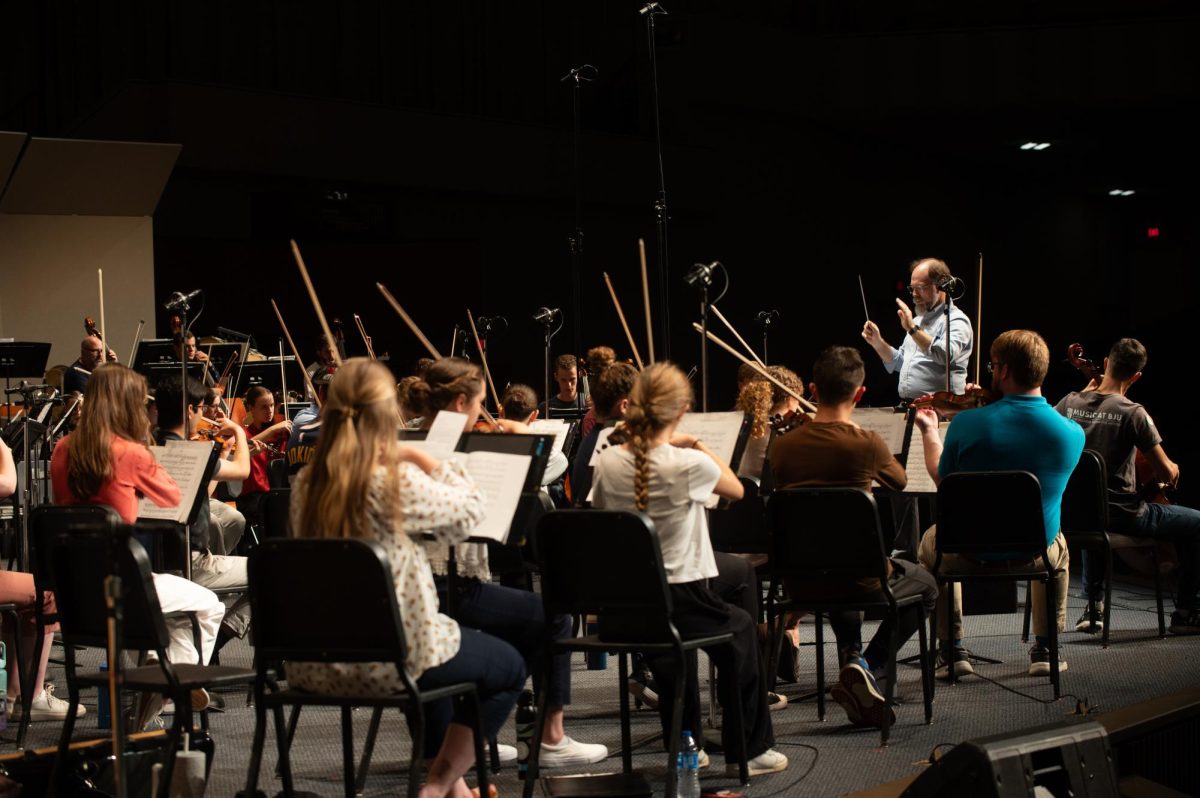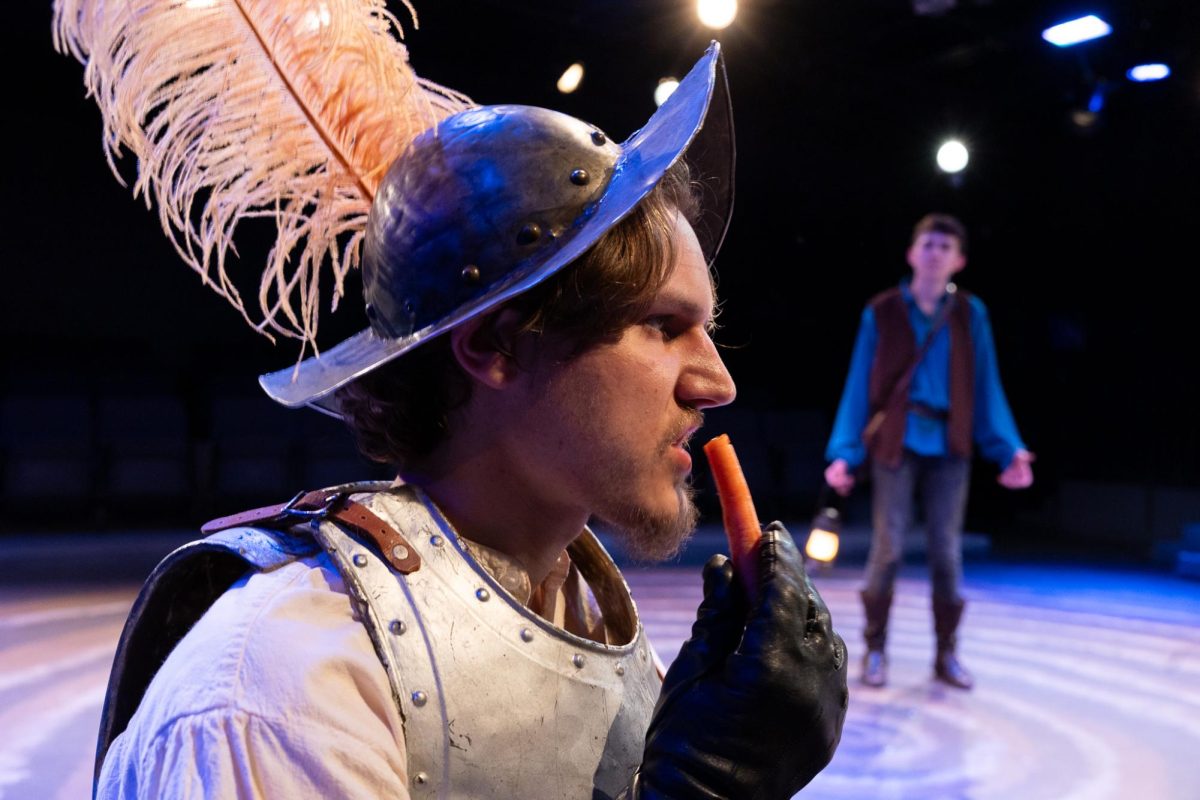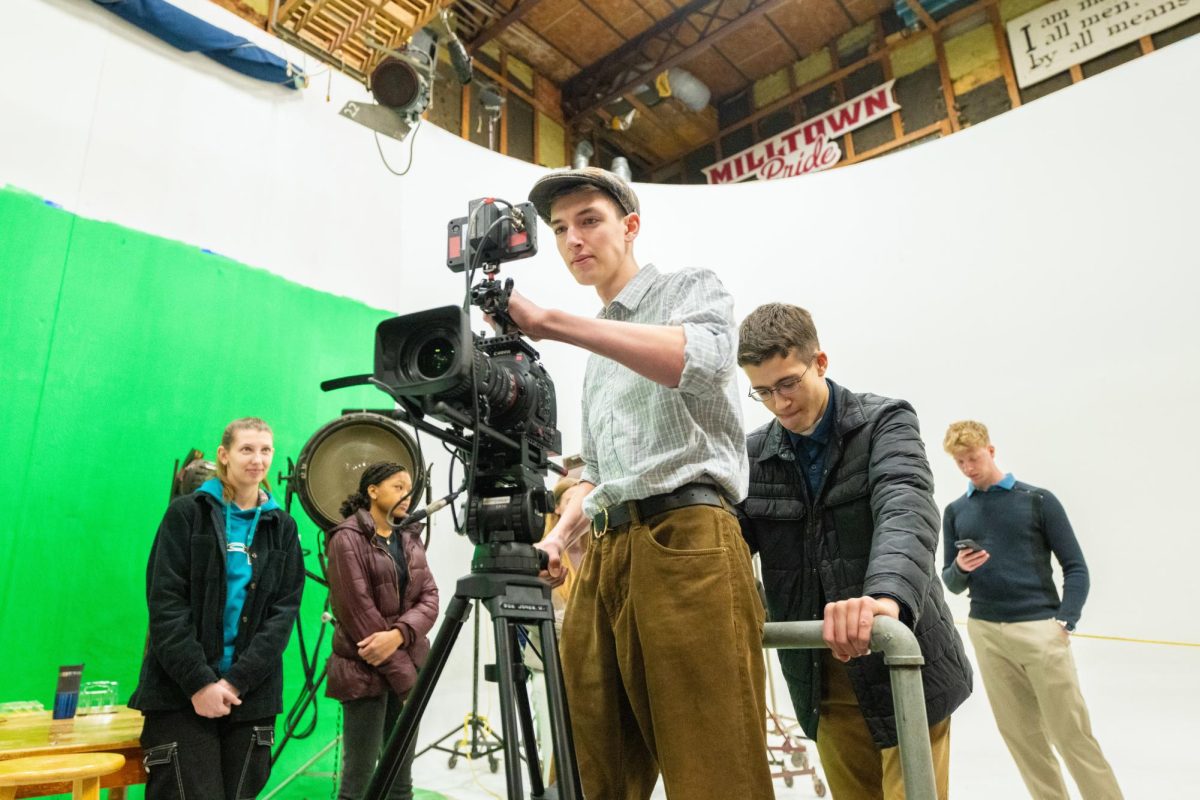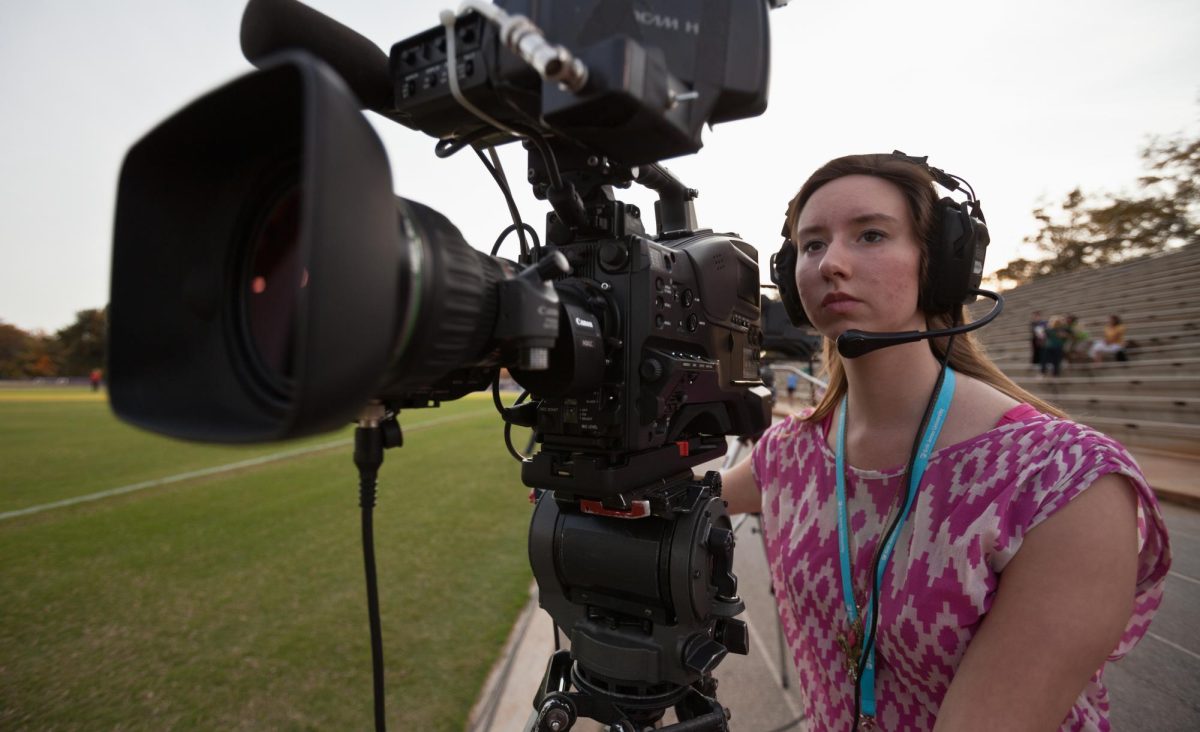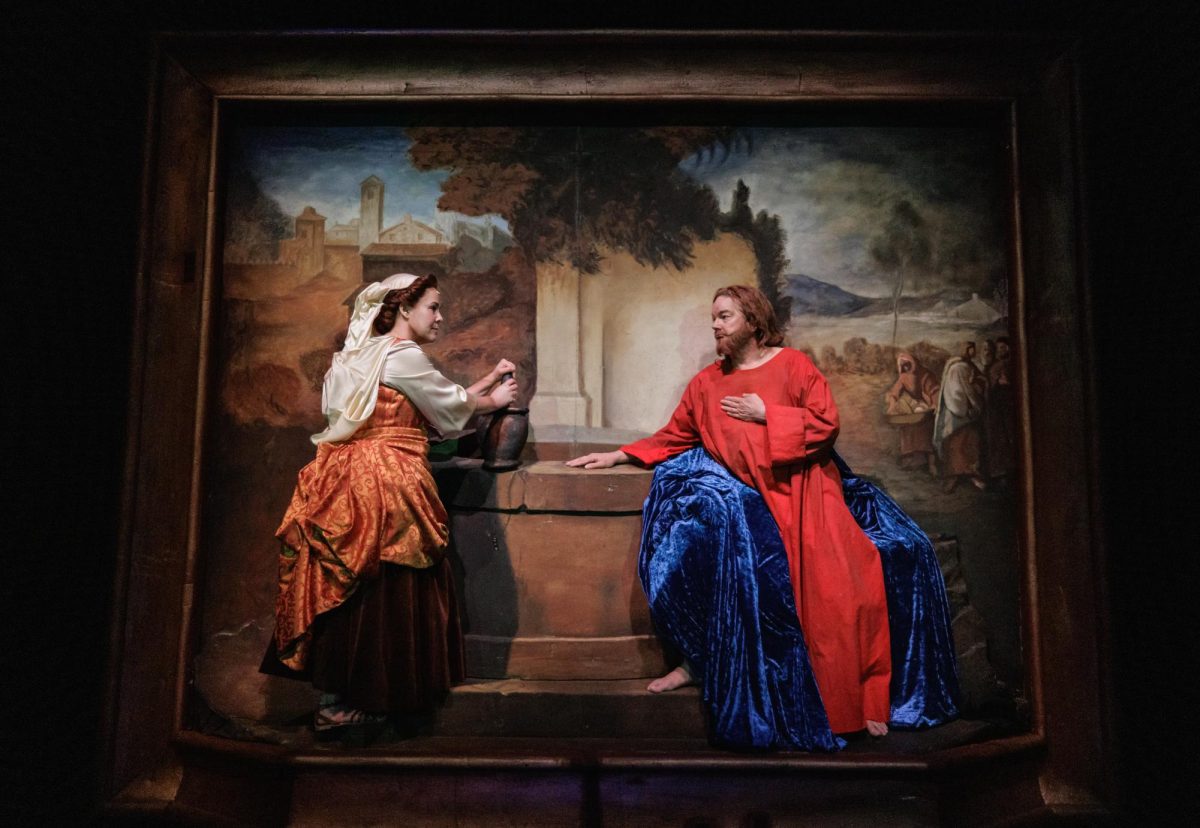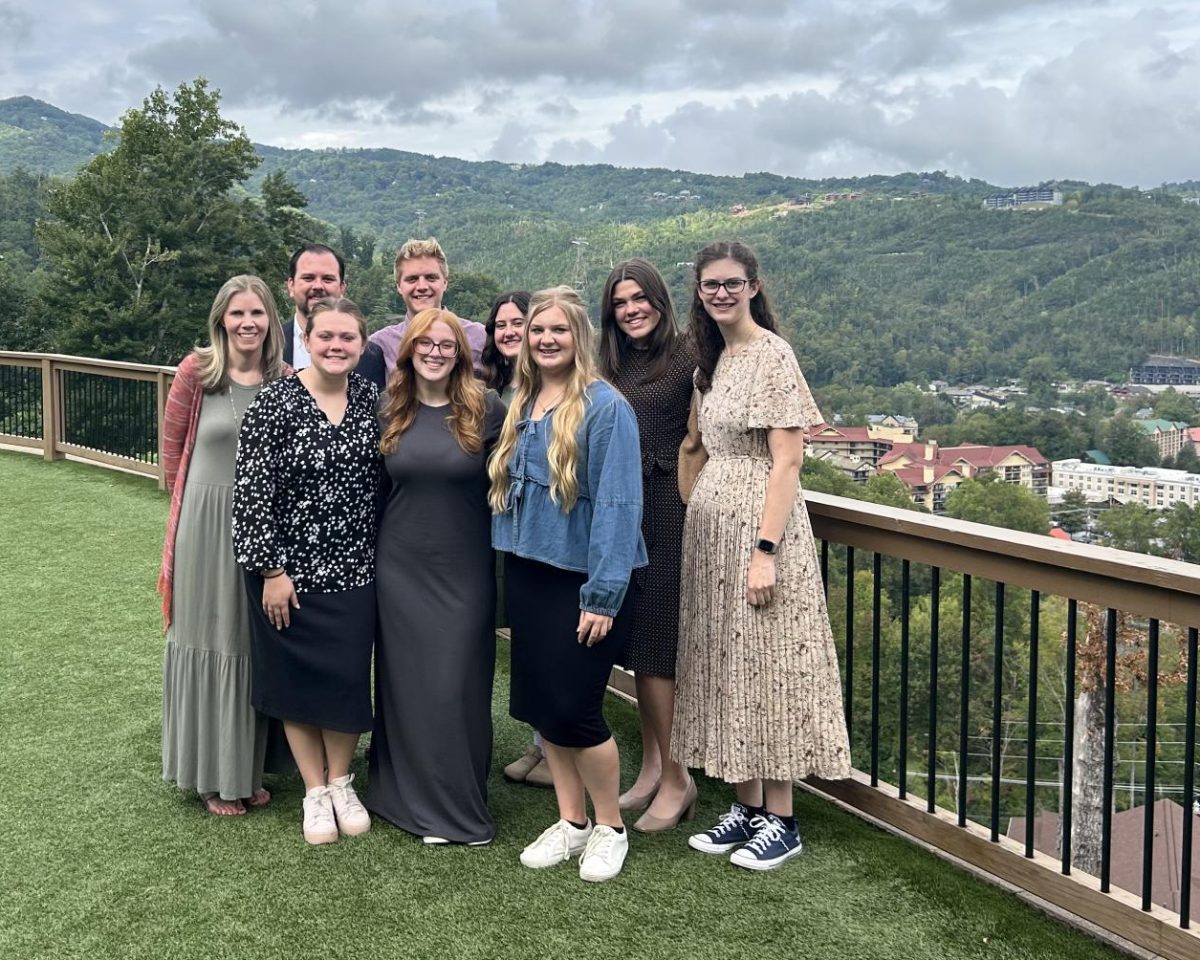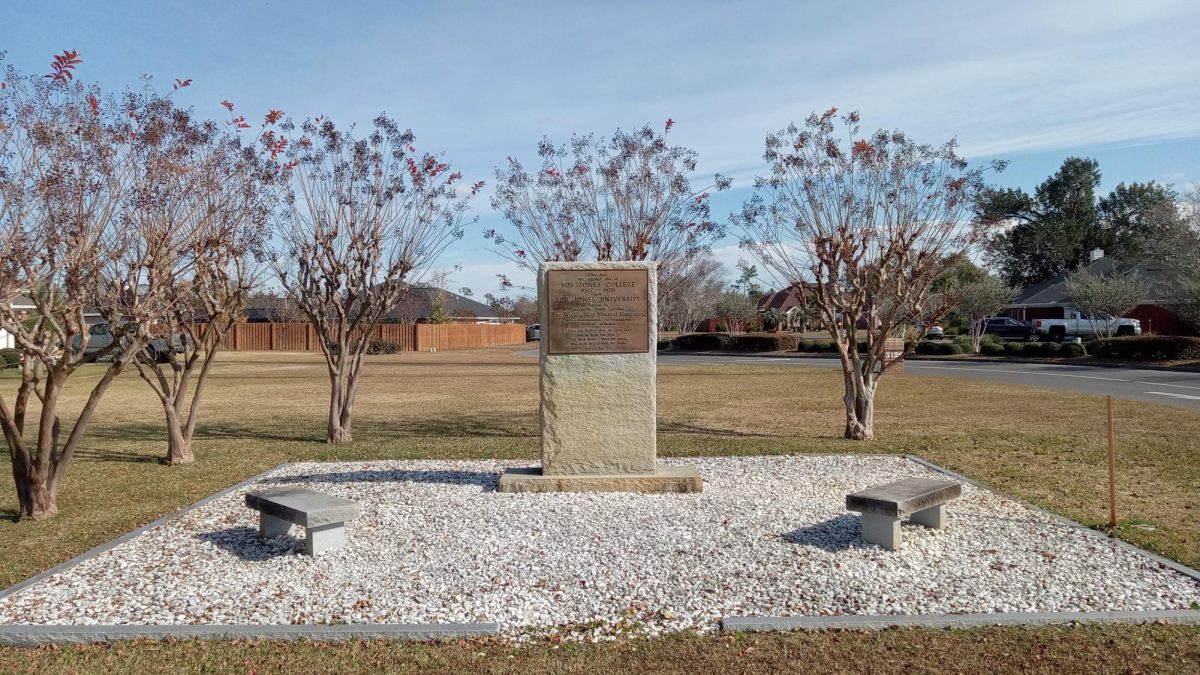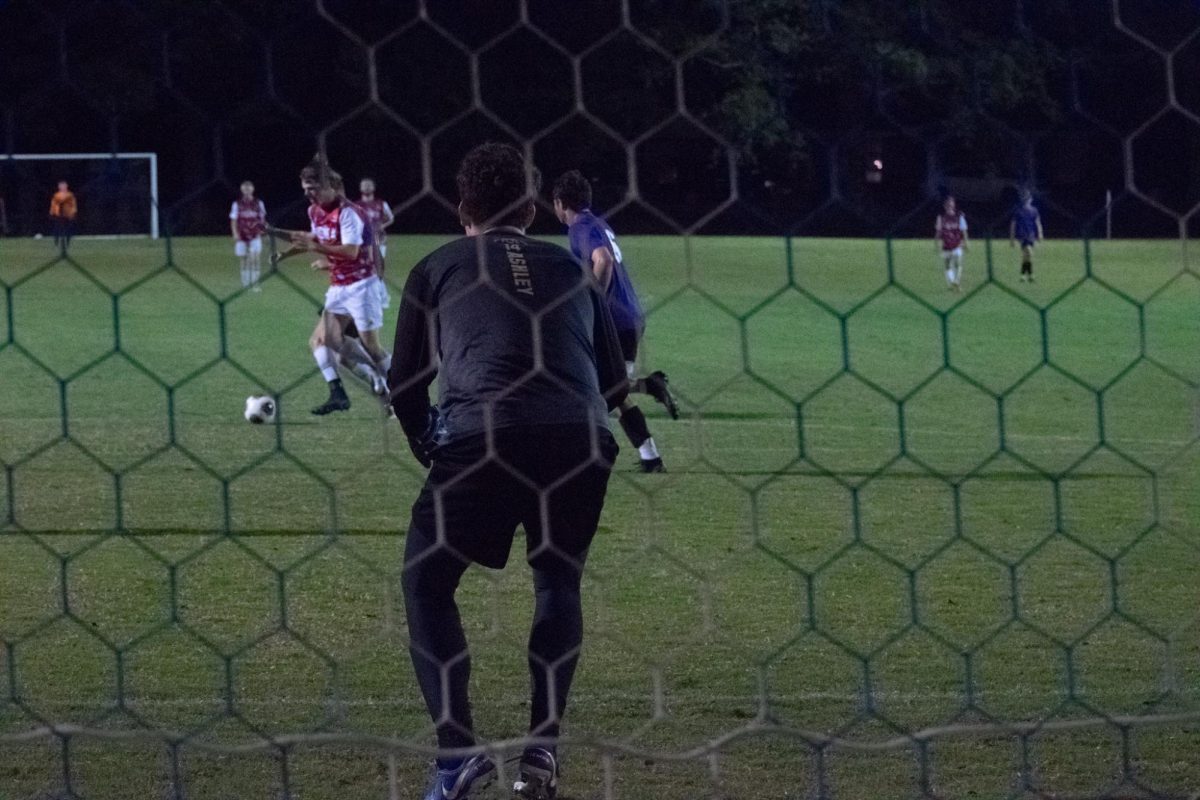Rodeheaver Auditorium’s student stage crew is working to create and repurpose set pieces for A Tale of Two Cities, a March 11-13 performance with 27 scene changes, more than any previous BJU musical including Titanic: The Musical.
Jeffrey Stegall, faculty member in the department of theatre and scene and costume designer for A Tale of Two Cities, said designing this set was a challenge because the play passes through two countries, two courtrooms, two interior rooms, a tavern and more.
Stegall said the plot is about the excesses of the aristocrats versus the people who don’t have enough food to survive and some pieces are to symbolize the social status of the character. To represent the wealth and establish the character of a marquis, he decided to put a gothic bed used in production of Henry IV in the bed-chamber. Sculptures were also used to establish local signage.
The stage designers, including Stegall, go to a BJU theatre warehouse on Rutherford Road to choose what pieces will be used. For example, this set needed a throne, so the stage designers looked at five different thrones before deciding on one. Stegall said many pieces were revived from previous plays for economic reasons and for the creativity factor, like using the towers from Cyrano de Bergerac.

David Burrow, floor crew coordinator and hiring manager for the stage department, said 20 to 25 people will be backstage just to make this production happen. “It really is a puzzle of trying to figure out where these pieces will fit and where they need to go,” Burrow said.
As hiring manager for the stage crew, Burrow said he was looking for people who are willing to learn and put in the hours since many people do not know about construction. Burrow said he is pleased to watch student workers starting out with no knowledge of construction learn until they are mostly working on their own from a blueprint. “I have six leaders doing this production, and the work that they put into this production has been astounding,” Burrow said.
The only major piece to move onstage for Titanic: The Musical was the bridge. For A Tale of Two Cities, four towers will be moved onto stage. Melena Jenks, a student stage crew worker who worked on the sets over Christmas break, said six people are needed to move many of these heavy pieces on stage but for the production they have to keep it to three strong people because of limited space.
Jenks said the end goal of making the sets was to make the set look burnt and old because of the time period of the French Revolution. Jenks said the construction was purposely imperfect to more authentically represent the Revolution setting. The stage crew construction workers watered down the paint to make the pieces look sun-worn and sanded wood to make it look rough.

The plot of A Tale of Two Cities is the clash between aristocracies and commoners, and the set pieces are symbolic of the era — including using a guillotine. “The guillotine…[represents] the justice system being played out, either correctly or incorrectly,” Burrow said. Burrow said the set pieces are purposefully designed to be a little unsettling because of the more solemn nature of the storyline.
Students can now reserve their tickets for A Tale of Two Cities at bju.universitytickets.com.




